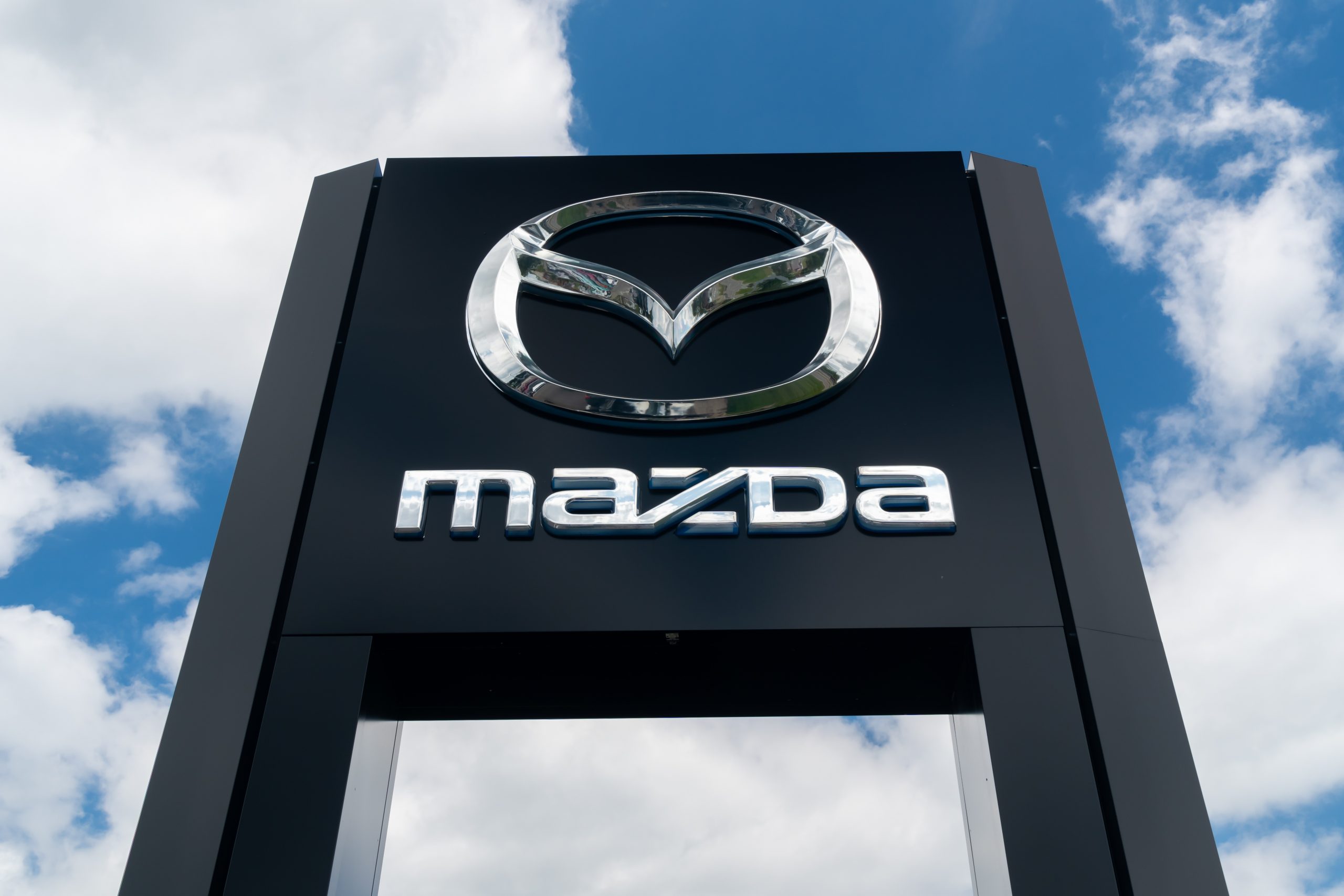A class action lawsuit filed Friday takes aim at Mazda for allegedly selling vehicles with a design defect that may cause rollaways.
Alleged defect
The complaint, filed by named Plaintiff and Pennsylvania citizen Joshua Meltzer, claims 2017 to present Mazda-branded vehicles with push-button start fail to inform drivers when they’re in Accessory or Ignition-on mode, rather than Engine-on mode, or how to switch the vehicle from Ignition-on to Engine-on mode.
As set forth in the complaint, Accessory mode allows electrical charge in the battery to turn on certain accessory equipment, while the engine remains off; Ignition-on mode powers the onboard computers and unlocks the wheels, but leaves off other systems; and Engine-on mode turns on the engine via the starter and powers all systems, including the brakes.
Meltzer claims a driver needs to push the start button once from the off position with their foot off the brake to put the vehicle into Accessory mode; push the start button twice from the off position with their foot off the brake for Ignition-on mode; and press the start button once from the off position with their foot depressing the brake for Engine-on mode. Thus, he asserts, if a driver fails to sufficiently depress the brake while pressing start in trying to start the car, they can unintentionally put it into Accessory or Ignition-on mode instead.
The lawsuit claims prior to model year 2017, Mazda vehicle dashboards displayed “To start, step on Brake Pedal and press Start Button” when in Ignition-on mode. However, Mazda allegedly changed it to read “Depress Brake Pedal to Start Engine,” and this message—claims Meltzer—along with a half-centimeter orange light on the start button itself, don't sufficiently inform drivers the vehicle is not in Engine-on mode or how to safely place it in that mode.
He believes this alleged defect can cause drivers to mistakenly believe their vehicles are on Engine-on mode and shift out of park and into drive/reverse, which unlocks the wheels and allows the vehicle to roll away. Since the engine is not on, the driver cannot control the rolling vehicle through braking, steering, or otherwise, he claims.
Named plaintiff’s allegations
Meltzer asserts he bought a 2024 Mazda CX-50 that rolled away and crashed into a tree while his daughter was driving it due to the alleged defect.
When his daughter pressed the Stop-Start button, he says, the display informed her to “Depress Brake to Start Vehicle," but when she depressed the brake and shifted into Drive, the vehicle immediately began rolling backwards. When her attempts to control or brake the vehicle were unsuccessful, she allegedly jumped from the driver’s door, and the vehicle continued to roll, jump the curb, and crash into a tree.
Meltzer further claims that when the vehicle was towed to a Mazda dealership, Mazda Motor America, Inc./Mazda North American Operations and the dealership concluded the vehicle functioned as designed. That is, he says, they concluded the accident occurred because the driver shifted into Drive while the vehicle was in Accessory mode, making it “impossible” to stop.
Relief sought
The lawsuit claims the alleged defect is the result of a design decision by Mazda to remove the information about the vehicle’s status from the dashboard and display in the affected vehicles, and that Mazda’s display messages do not meet industry standards for displaying correct information to drivers.
The complaint contends Mazda is liable for fraudulent concealment/omission, unjust enrichment, violations of Pennsylvania consumer protection and implied warranty laws, and breach of implied warranty under the Magnuson-Moss Warranty Act. Meltzer seeks remedies including a possible voluntary recall, damages, and disgorgement of profits or full restitution.
The case is Joshua Meltzer v. Mazda Motor of America, Inc., case number 8:24-cv-01938, in the U.S. District Court for the Central District of California.





